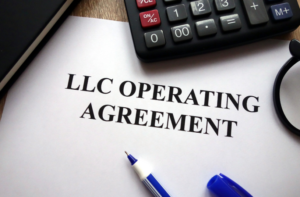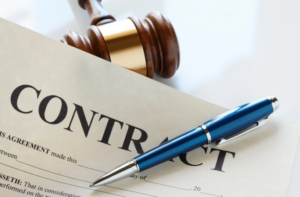Texas has one of the more specific lien perfection regimes in the country. Miss any one of a multitude of complicated steps and your efforts could be in vain. More importantly, you expose yourself to claims of illegally clouding title. Over the next few weeks, I am discussing Texas lien rights. Today we see how to perfect a Constitutional mechanic’s and materialmen’s lien in Texas.
Mechanics liens are created by statute in the U.S. We, therefore, start our journey with the seminal document in Texas, our Constitution:
Section 37 of Article 16 of the Texas Constitution provides:
“Mechanics, artisans, and material men, of every class, shall have a lien upon the buildings and articles made or repaired by them for the value of their labor done thereon, or material furnished therefor, and the Legislature shall provide by law for the speedy and efficient enforcement of said liens.”
From this language we clearly see Texas mechanics, artisans and materialman are granted a lien by the explicit language of the Constitution. Indeed, the Texas Supreme court long ago declared:
“the Constitution gives mechanics, artisans and materialmen a lien upon the interest or estate that the person causing such building or improvements to made thereon has in the land upon which they are situated, for the value of the labor performed or material furnished in the erection and construction of such buildings or material furnished in the erection and construction of such buildings This lien covers not only materials but also labor performed on “buildings and articles”. Strang v Pray, 89 Tex. 525, 528 (1896)
Article XVI Section 37 Liens Are Self Executing
On homestead property, a constitutional lien is self-executing- meaning it does not require compliance with the complex perfection regime of statutory liens. This means, unlike statutory liens, Constitutional liens arise automatically. Importantly, claimants need not comply with what is referred to as the “labyrinth of technicalities” required in perfecting statutory liens. See Eldon L. Youngblood, Youngblood on Texas Mechanics’ Liens § 103.2(a)(2) (2nd ed.1999). While that is comforting, as you could imagine, the trail does not end there.
Steps to Perfect a Constitutional Mechanics’ and Materialmen’s Lien
Section 37 expressly imposes no burdens on a contractor seeking to perfect a lien. Instead look to Section 50, Article VXI for those procedures. Failure to meet any one (or more) of these requirements likely voids purported constitutional lien.
The Constitution requires that, work and materials for new improvements (if in writing) or work and material use to repair or renovate existing improvements must:
1. be in writing, with the consent of both spouses, if married;
2. not be executed before the fifth day after the owner(s) applies for credit to pay for the contemplated work, unless
a. the work is exigent in nature – i.e., it materially affects the health or safety of the owner or person residing in the homestead; and
b. the owner acknowledges same in writing;
3. expressly provide the owner a 3-day right of rescission without penalty. unless section 2(a) and 2(b) above apply; and
4. be signed in one of the following places:
a. the office of a third-party lender making an extension of credit for the work or materials;
b. an attorney‘s office; or
c. a title company office.
Texas Constitution, Art. 16, Sec. 50(a)(5)(A)-(D).
As you can see, perfecting a Constitutional lien is quite complex, with risk exposure from the initial contracting, including verbiage used and located the agreement is signed. While this statutory scheme is complex it is not impossible to grasp. Moreover, it is far simpler than the statutory mechanics lien process. If these are issues impacting your business, get yourself a knowledgeable lawyer with experience not only perfecting Texas mechanics’ and materialmen’s lien but also enforcing payment.
Give yourself a competitive advantage by hiring competent lawyers who understand the labyrinth that is Texas Lien Law.



